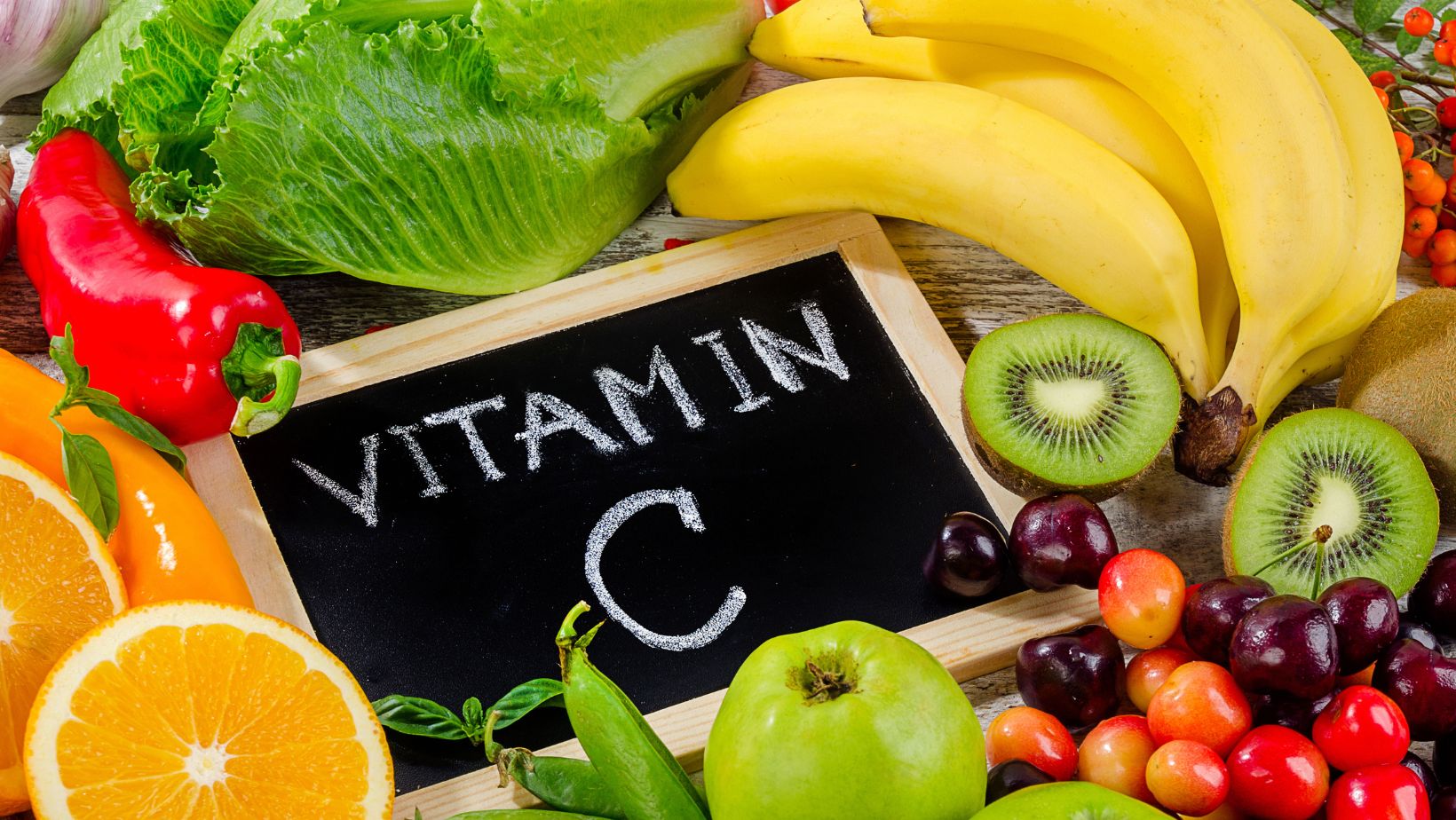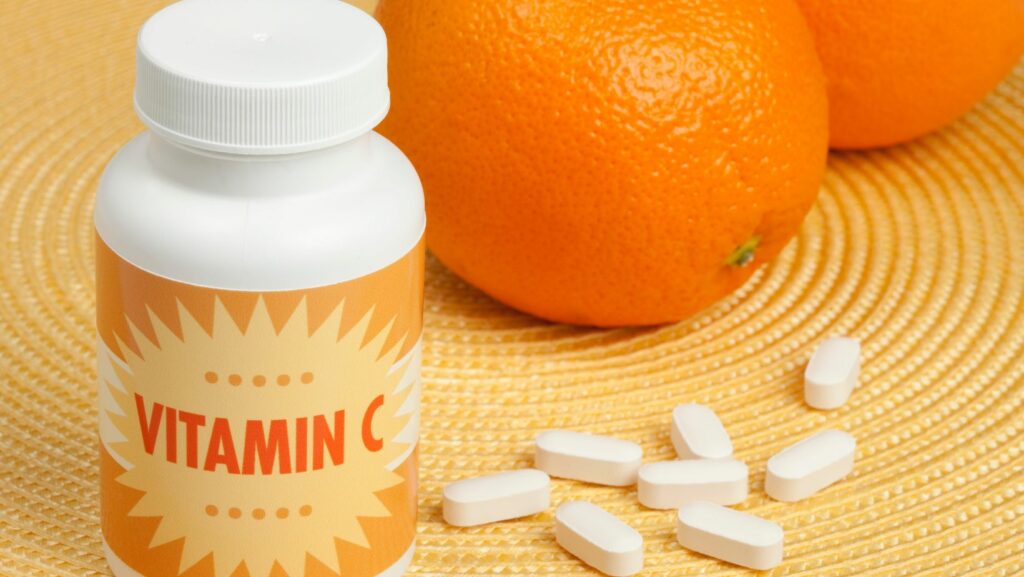Many people wonder whether vitamin C supplements are necessary or if they can meet their daily requirements through food alone. This essential nutrient plays a crucial role in immune function, collagen synthesis, and antioxidant protection, making adequate intake vital for optimal health. While whole foods provide an excellent source of vitamin C, the question remains whether dietary sources can consistently deliver sufficient amounts to meet your body’s needs.
Understanding the complexities of vitamin C absorption, bioavailability, and individual requirements can help you make informed decisions about your nutritional strategy. Some people thrive on a diet rich in vitamin C-containing foods, while others may benefit from supplementation to bridge potential gaps in their intake.
This comprehensive guide explores the effectiveness of dietary vitamin C versus supplemental forms, examining factors that influence absorption and helping you determine the best approach for your unique circumstances.
Understanding Vitamin C Requirements and Sources
The recommended daily allowance for vitamin C varies by age, gender, and life circumstances. Adults typically need between 65 to 90 milligrams daily, with higher requirements for pregnant women, smokers, and individuals under stress. These numbers represent minimum amounts needed to prevent deficiency diseases like scurvy, but optimal health may require higher intake levels.
Natural food sources of vitamin C include citrus fruits, berries, bell peppers, broccoli, Brussels sprouts, and leafy greens. A single medium orange contains approximately 70 milligrams of vitamin C, while one cup of chopped red bell pepper provides over 190 milligrams. These whole food sources offer additional benefits beyond vitamin C, including fiber, flavonoids, and other micronutrients that work synergistically to support health.
However, vitamin C content in foods can vary significantly based on factors such as growing conditions, harvest timing, storage methods, and preparation techniques. Fresh produce typically contains the highest levels, but vitamin C degrades rapidly when exposed to heat, light, and air. Cooking methods, storage duration, and processing can reduce vitamin C content by 25 to 100 percent.
Factors Affecting Vitamin C Absorption from Food
The human body absorbs vitamin C from food sources quite efficiently, particularly at lower doses. When consuming less than 200 milligrams at once, absorption rates can reach 80 to 90 percent. However, absorption efficiency decreases as intake increases, with only about 50 percent absorbed when consuming 1,000 milligrams simultaneously.
Individual factors significantly influence how well your body utilizes dietary vitamin C. Age, digestive health, stress levels, smoking status, and certain medications can all impact absorption and utilization rates. People with compromised digestive systems may struggle to extract sufficient vitamin C from food sources, while chronic stress increases the body’s vitamin C requirements substantially.
Timing also plays a role in maximizing absorption from dietary sources. Consuming vitamin C-rich foods with meals can enhance absorption of other nutrients like iron, while spreading intake throughout the day maintains more consistent blood levels compared to consuming large amounts at once.
When Diet May Fall Short
Despite the abundance of vitamin C in many foods, several scenarios may make it challenging to meet optimal intake through diet alone. Seasonal availability of fresh produce can limit options, particularly in regions with harsh winters or limited access to fresh fruits and vegetables. Food preferences, dietary restrictions, and busy lifestyles may also prevent consistent consumption of vitamin C-rich foods.
Certain health conditions increase vitamin C requirements beyond what typical dietary intake provides. Individuals recovering from surgery, fighting infections, or dealing with chronic inflammatory conditions often need higher amounts than healthy individuals. Smokers require an additional 35 milligrams daily due to increased oxidative stress, while athletes and people under chronic stress may benefit from elevated intake levels.
Food processing and modern agricultural practices can also impact the vitamin C content of seemingly healthy choices. Frozen and canned fruits and vegetables often contain less vitamin C than fresh alternatives, though they still provide meaningful amounts. Extended transportation and storage times for fresh produce can significantly reduce vitamin C levels by the time foods reach consumers.
The Role of Vitamin C Supplements
Vitamin C supplements offer a convenient and reliable way to ensure consistent intake, particularly for individuals who struggle to consume adequate amounts through food alone. Supplements provide standardized doses that don’t fluctuate based on storage conditions, preparation methods, or seasonal availability.
Research suggests that vitamin C from supplements is absorbed similarly to vitamin C from food sources at equivalent doses. However, supplements typically provide much higher concentrations than what’s easily achievable through diet alone. This can be advantageous for individuals with increased needs but may also lead to diminishing returns due to reduced absorption efficiency at higher doses.
The form of vitamin C in supplements can influence absorption and tolerability. Standard ascorbic acid supplements are highly bioavailable but may cause digestive upset in sensitive individuals when taken in large doses. Buffered forms or time-release formulations may offer better tolerance while maintaining effectiveness.
Finding the Right Balance for Your Needs
Determining whether diet alone provides sufficient vitamin C requires honest assessment of your eating habits, health status, and individual circumstances. Keep a food diary for several days to track your actual vitamin C intake from whole foods, accounting for preparation methods and storage conditions that might reduce content.
Consider your lifestyle factors that might increase vitamin C needs. High stress levels, exposure to pollution, intense physical activity, or frequent illness may warrant higher intake than standard recommendations suggest. Age-related changes in absorption and utilization may also influence your optimal intake levels.

Blood testing can provide objective measurements of your vitamin C status, though these tests aren’t routinely performed unless deficiency is suspected. Signs of inadequate intake include slow wound healing, frequent infections, fatigue, and easy bruising, though these symptoms can have multiple causes.
Making an Informed Decision
The choice between relying on dietary sources or incorporating vitamin C supplements depends on your individual circumstances, preferences, and health goals. Many people can meet their basic vitamin C needs through a varied diet rich in fruits and vegetables, particularly when consuming fresh, minimally processed foods regularly.
However, supplements may provide valuable insurance against inconsistent dietary intake or increased physiological needs. The safety profile of vitamin C supplementation is excellent, with few side effects even at higher doses, making it a low-risk option for those seeking to optimize their intake.
Consider starting with dietary optimization, focusing on including multiple servings of vitamin C-rich foods daily while minimizing nutrient losses through proper storage and preparation. If dietary changes aren’t sustainable or sufficient for your needs, high-quality supplements can effectively bridge the gap.
Optimizing Your Vitamin C Strategy
Whether you choose to focus on dietary sources, supplements, or a combination of both, consistency matters more than perfection. Your body cannot store large amounts of vitamin C, making regular intake essential for maintaining optimal levels.
Focus on creating sustainable habits that fit your lifestyle and preferences. This might mean batch-preparing vitamin C-rich snacks, choosing supplements that you’ll remember to take consistently, or finding creative ways to incorporate more fresh produce into your daily routine. The best approach is the one you can maintain long-term while meeting your body’s needs for this essential nutrient.

